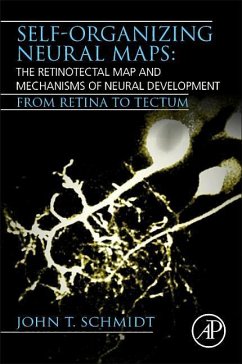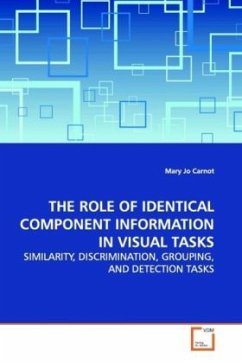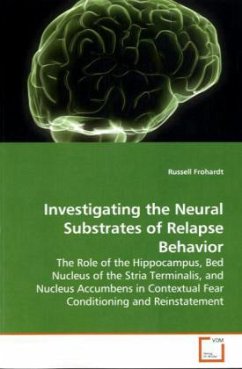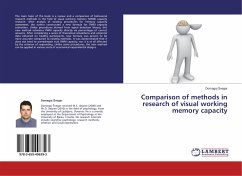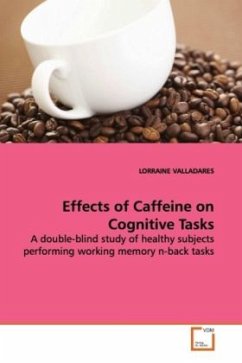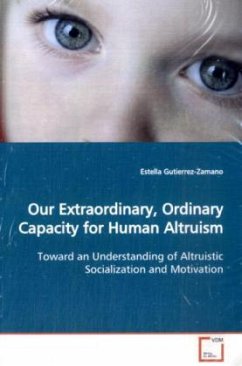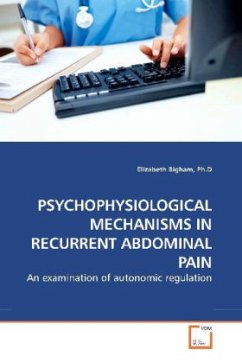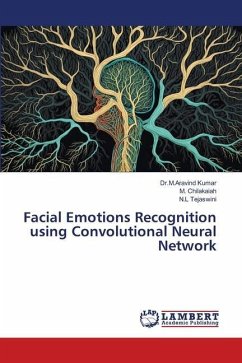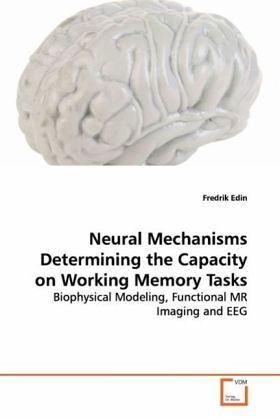
Neural Mechanisms Determining the Capacity on Working Memory Tasks
Biophysical Modeling, Functional MR Imaging and EEG
Versandkostenfrei!
Versandfertig in 6-10 Tagen
39,99 €
inkl. MwSt.

PAYBACK Punkte
20 °P sammeln!
Working memory is the ability to temporarily retain goal-relevant visuospatial information in memory. This ability is crucial for higher cognitive function and its deficits can be found in disorders such as ADHD. Fortunately, working memory can be trained. In this thesis, Fredrik Edin combines experimental techniques such as functional MR imaging with mathematical modeling to investigate the neural basis of the capacity of working memory. He finds neural connections between and within working memory-related brain regions that increase the capacity of or access to working memory, and he develop...
Working memory is the ability to temporarily retain
goal-relevant visuospatial information in memory.
This ability is crucial for higher cognitive
function and its deficits can be found in disorders
such as ADHD. Fortunately, working memory can be
trained. In this thesis, Fredrik Edin combines
experimental techniques such as functional MR
imaging with mathematical modeling to investigate
the neural basis of the capacity of working memory.
He finds neural connections between and within
working memory-related brain regions that increase
the capacity of or access to working memory, and he
develops a simple mathematical equation for working
memory capacity. His research may further help
explain the link between distractibility and low
working memory capacity found in ADHD. A specific
aim of this thesis has been to describe the
mechanistic model in a way that is accessible to
people without a modeling background.
goal-relevant visuospatial information in memory.
This ability is crucial for higher cognitive
function and its deficits can be found in disorders
such as ADHD. Fortunately, working memory can be
trained. In this thesis, Fredrik Edin combines
experimental techniques such as functional MR
imaging with mathematical modeling to investigate
the neural basis of the capacity of working memory.
He finds neural connections between and within
working memory-related brain regions that increase
the capacity of or access to working memory, and he
develops a simple mathematical equation for working
memory capacity. His research may further help
explain the link between distractibility and low
working memory capacity found in ADHD. A specific
aim of this thesis has been to describe the
mechanistic model in a way that is accessible to
people without a modeling background.



